Ground shipping is currently paused. Local deliveries throughout Long Island will continue as usual. Pre-orders for fall are now open. Non-local orders will begin shipping again in early September. Click here to learn more.
Ground shipping is currently paused. Local deliveries throughout Long Island will continue as usual. Pre-orders for fall are now open. Non-local orders will begin shipping again in early September. Click here to learn more.
| Size | |
|---|---|
| Common Name | |
| Type | |
| Family | |
| Native? | |
| Zone | 3, 4, 5, 5b, 6, 7, 8, 8b |
| Height Range (ft.) | 3.00 to 6.00 |
| Spread (ft.) | 3.00 to 6.00 |
| Bloom Time | |
| Bloom Description | Fragrant, Pink, single to semi-double flowers |
| Sun | |
| Water | |
| Maintenance | |
| Suggested Use | Coastal plantings, Erosion Control, Groundcover, Hedge, wildlife gardens |
| Tolerate | |
| Growth Rate | |
| Attracts |

Rosa rugosa, or Pink Beach Rose, is a tough, fragrant shrub rose with magenta-pink flowers and bright orange hips, ideal for coastal and low-maintenance landscapes.
$14.99 – $17.99Price range: $14.99 through $17.99
Please note: Sizes 1.5 Gallon and up can’t be shipped outside the counties of Nassau, Suffolk, and Queens.
Learn more about how the process works and how our plants are delivered.
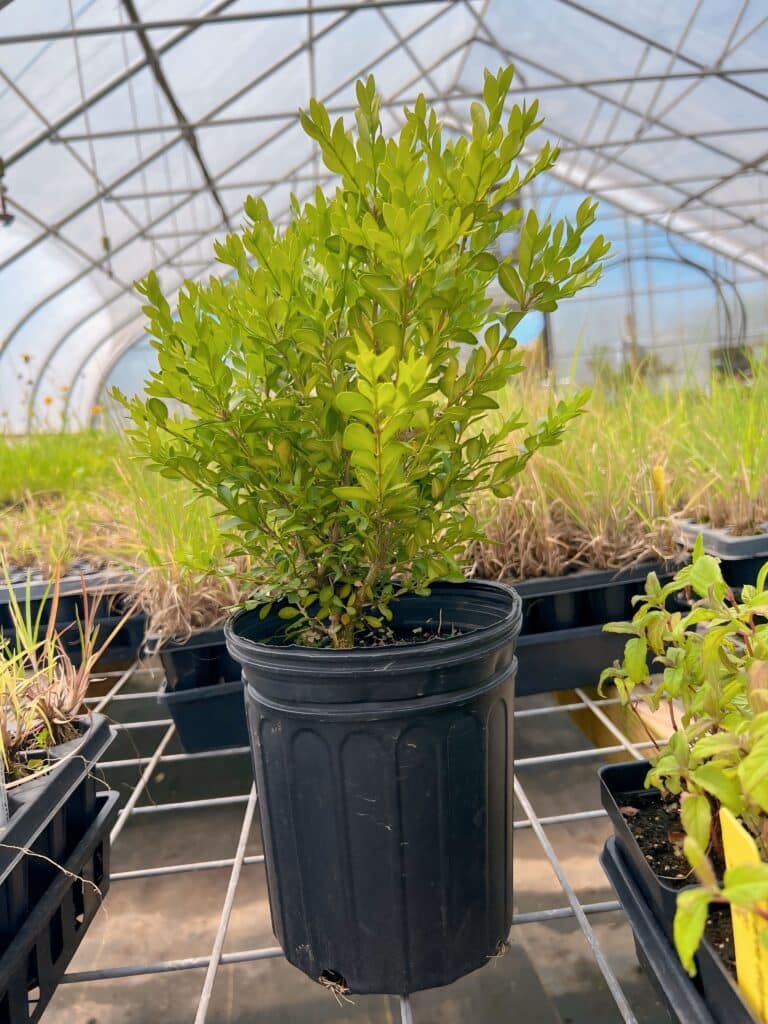

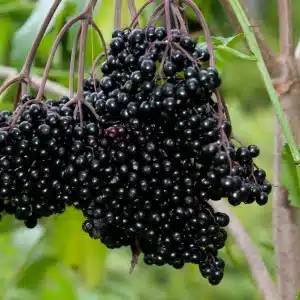
Ground shipping is paused due to summer heat. Only local delivery (Long Island & Queens) is available. Orders placed during the pause will begin processing September 1, and ground shipping will resume September 15.
| Size | |
|---|---|
| Common Name | |
| Type | |
| Family | |
| Native? | |
| Zone | 3, 4, 5, 5b, 6, 7, 8, 8b |
| Height Range (ft.) | 3.00 to 6.00 |
| Spread (ft.) | 3.00 to 6.00 |
| Bloom Time | |
| Bloom Description | Fragrant, Pink, single to semi-double flowers |
| Sun | |
| Water | |
| Maintenance | |
| Suggested Use | Coastal plantings, Erosion Control, Groundcover, Hedge, wildlife gardens |
| Tolerate | |
| Growth Rate | |
| Attracts |
Rosa rugosa, commonly known as Pink Beach Rose, is a tough, salt-tolerant shrub rose valued for its wrinkled green foliage, fragrant magenta-pink blooms, and vibrant orange hips. Native to eastern Asia, this non-native species has become a common sight in coastal landscapes, particularly due to its ability to stabilize sandy soils and withstand harsh winds and salt spray. Growing 4 to 6 feet tall and wide, it blooms from early summer through fall and provides a long season of color and wildlife interest. However, due to its aggressive spread, Rosa rugosa is best used in managed garden settings.
Fragrant blooms: Recurrent magenta-pink flowers from summer into fall
Coastal resilience: Tolerates salt, wind, poor soils, and drought once established
Wildlife appeal: Rose hips provide food for birds and seasonal interest
Sun exposure: Full sun is ideal for best bloom and compact form
Soil needs: Thrives in sandy or dry soils; avoid overly rich or wet sites
Maintenance: Prune in early spring to rejuvenate and maintain desired size
Coastal plantings: Excellent for stabilizing dunes and sunny seaside spaces
Natural screens: Dense, thorny growth makes for effective informal hedging
Wildlife-friendly borders: Supports pollinators and provides winter food for birds
Non-native species: May escape cultivation and displace native shoreline vegetation
Pollinator-friendly: Flowers attract bees and butterflies during bloom
Rose hips: Attractive and beneficial to birds, but spread seeds if unmanaged
Clethra alnifolia – Summersweet Clethra: A fragrant native shrub with midsummer white blooms that attract pollinators and thrive in moist or coastal soils.
Itea virginica ‘Henry’s Garnet’ – Virginia Sweetspire: A compact native shrub with arching form, white flower spikes, and brilliant red fall color.
Myrica pensylvanica – Northern Bayberry: A hardy coastal shrub with aromatic foliage and waxy berries, excellent for wildlife and erosion control.
/5
Total reviews
|
|
Persons recommended this product
Anonymous
Shopper
check_circle Verified
Shop owner replied
Was this helpful
Anonymous
Shopper
check_circle Verified
Shop owner replied
Was this helpful
There are no reviews yet.
Be the first to review “ ”
Your feedback helps us improve our service.
Please log in to submit a review.


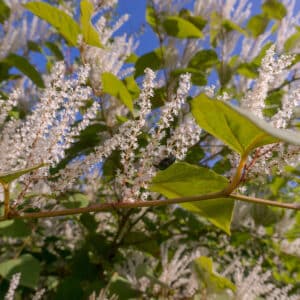
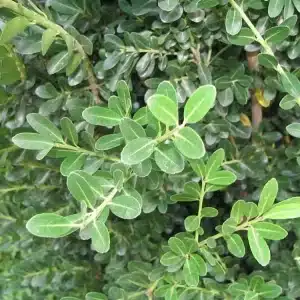
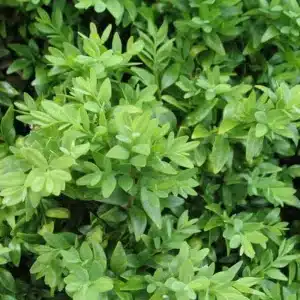


No. Rosa rugosa is native to eastern Asia, including coastal areas of China, Korea, and Japan. While it is commonly found along the U.S. East Coast, especially in seaside plantings, it is considered non-native and potentially invasive in some regions due to its aggressive spreading habit.
Rosa rugosa is widely used in coastal and sandy environments because of its exceptional salt tolerance, drought resistance, and ability to stabilize dunes and slopes. It produces fragrant pink flowers, followed by large, showy orange-red hips that add ornamental value.
Pink Beach Rose typically grows 4 to 6 feet tall and wide, forming a dense, suckering shrub. Its thorny stems and vigorous growth make it suitable for hedges, erosion control, and barrier plantings, especially in tough sites.
Rosa rugosa thrives in full sun and is highly adaptable to poor, sandy, or salty soils. It prefers well-drained sites and is hardy in USDA zones 2 through 7. It requires minimal care once established and is particularly well-suited to seaside or low-maintenance landscapes.
Yes. The fragrant, open flowers attract bees, butterflies, and other pollinators, while the large rose hips provide fall and winter food for birds and small mammals. However, due to its non-native and potentially invasive nature, native alternatives are often preferred in restoration or wildlife-focused plantings.
Our gift cards make it easy to share the beauty of plants, flowers, and all things green. Whether for a special occasion or just because, give the gift of choice and let them select their favorites to create a garden they’ll cherish.
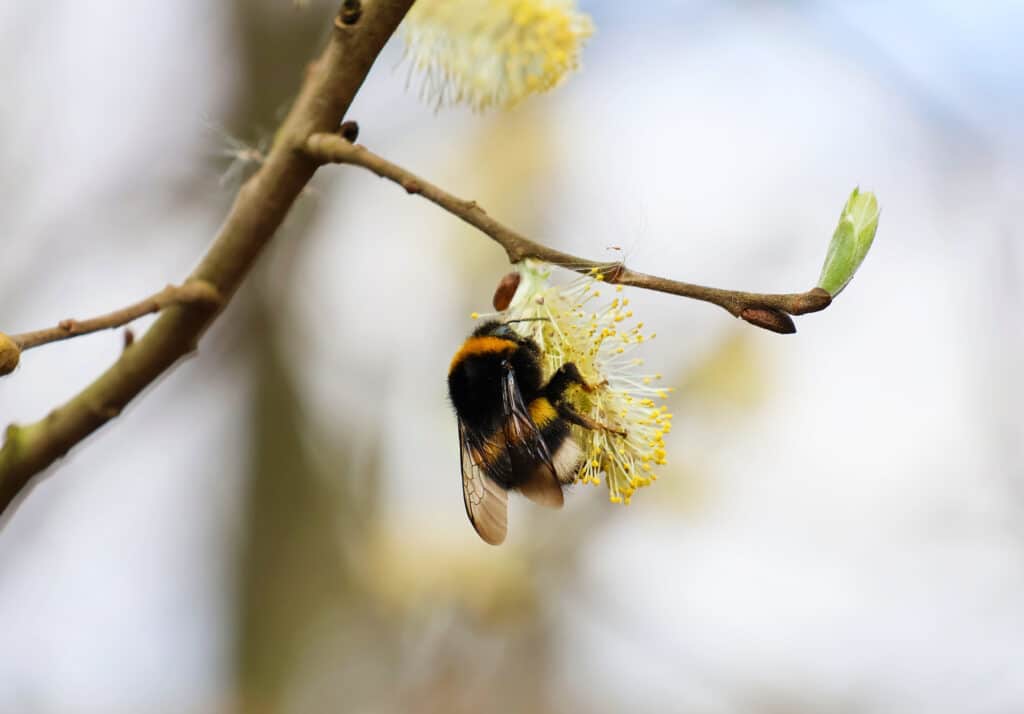
Only Local Delivery Available (Long Island & Queens)
Ground Shipping Paused
To protect our plants from extreme summer heat, we’ve paused nationwide ground shipping to avoid any damage during transit.
Local Delivery Only
We’re still delivering locally to Long Island and Queens, so nearby customers will continue to receive orders as usual.
Fall Pre-Orders Are Open Nationwide!
We will resume normal shipping for non-local orders placed during the pause in early September.
Thank you for your support and understanding—we’re looking forward to growing with you this fall!